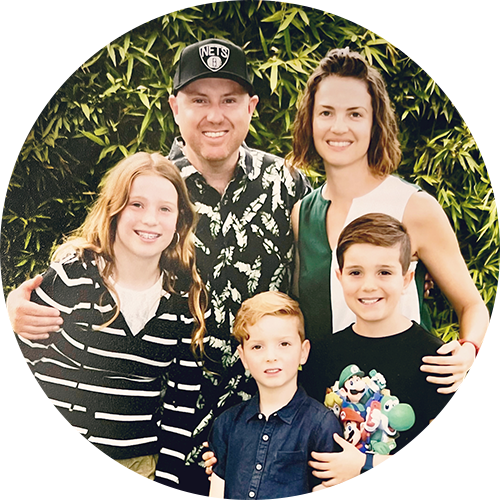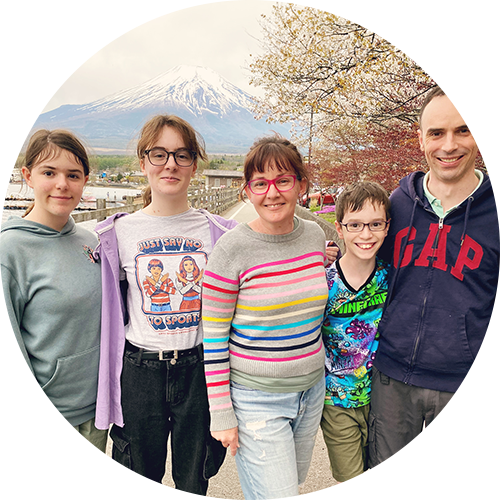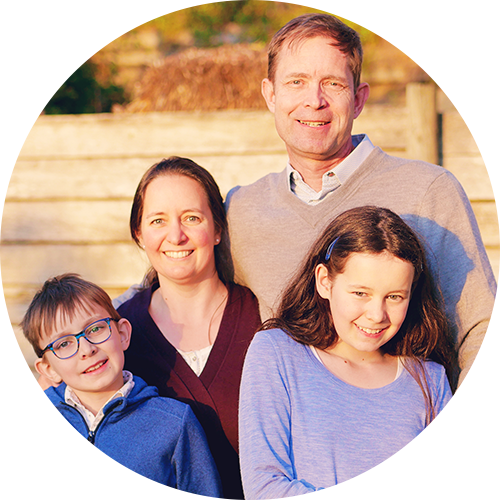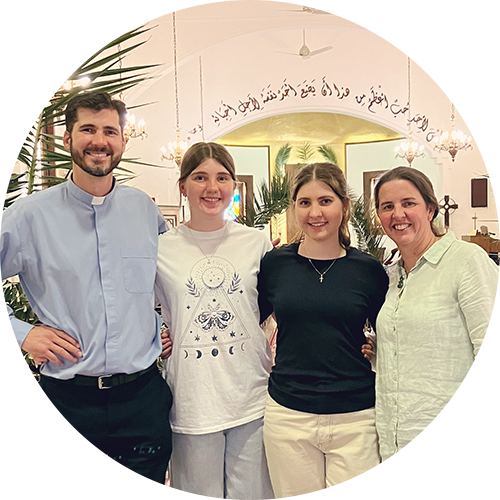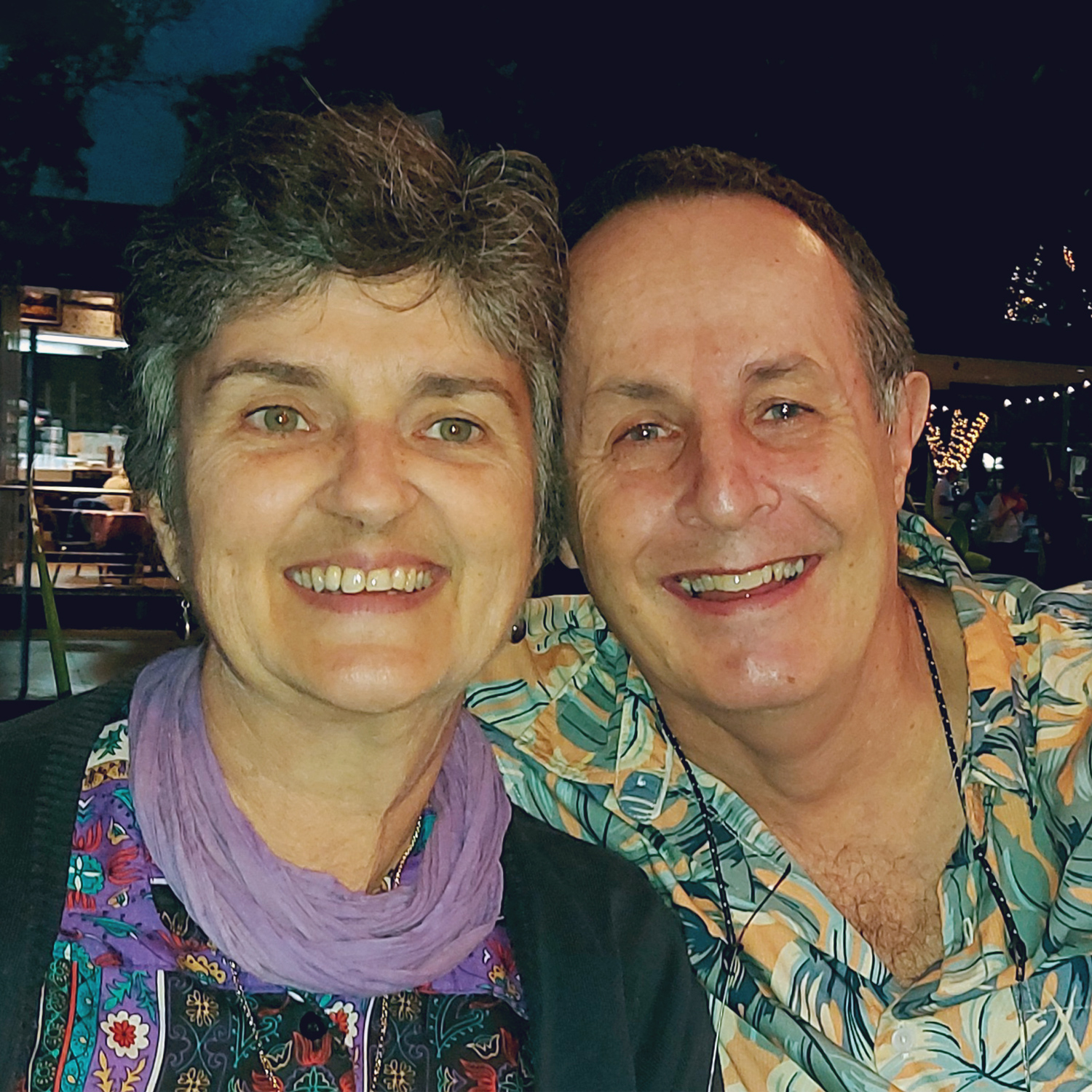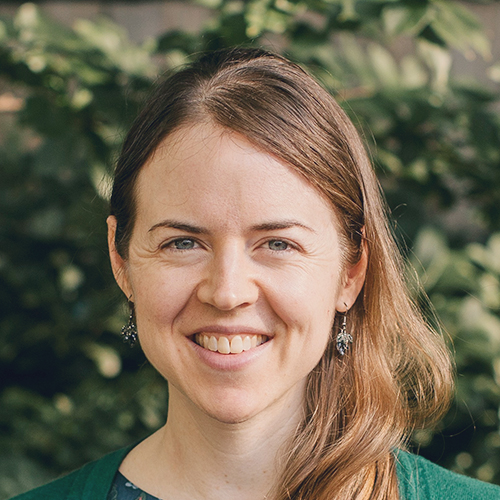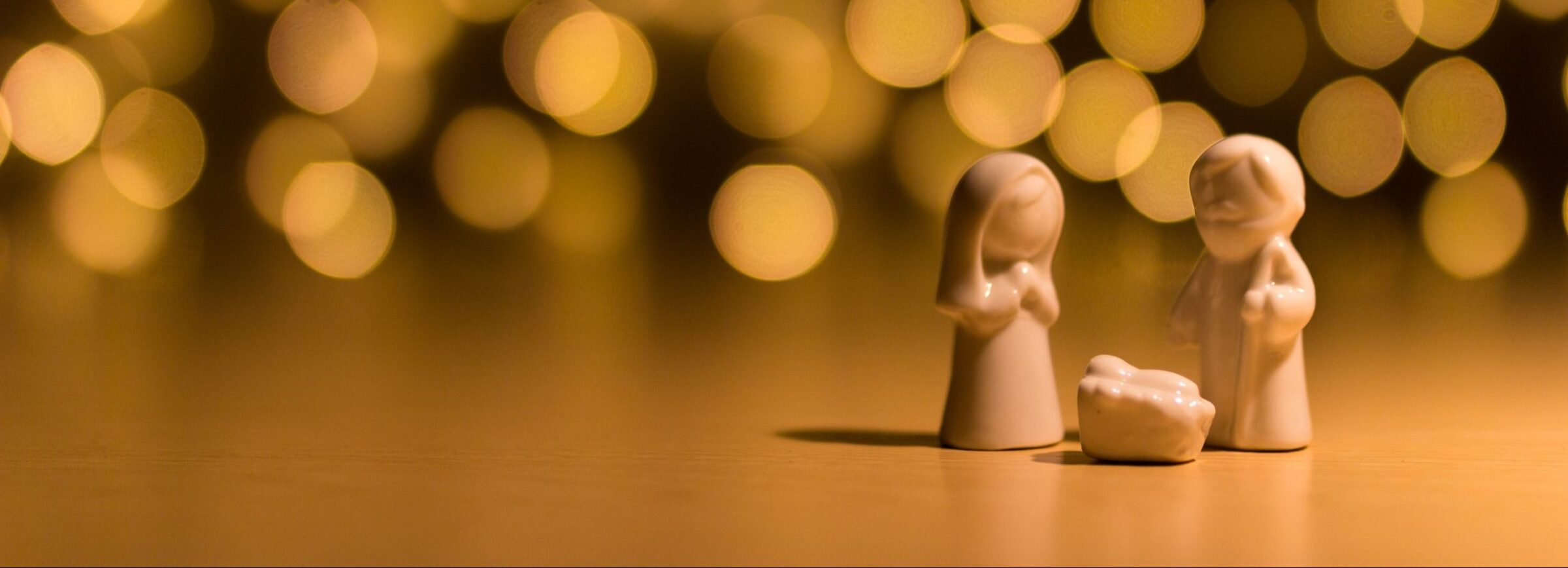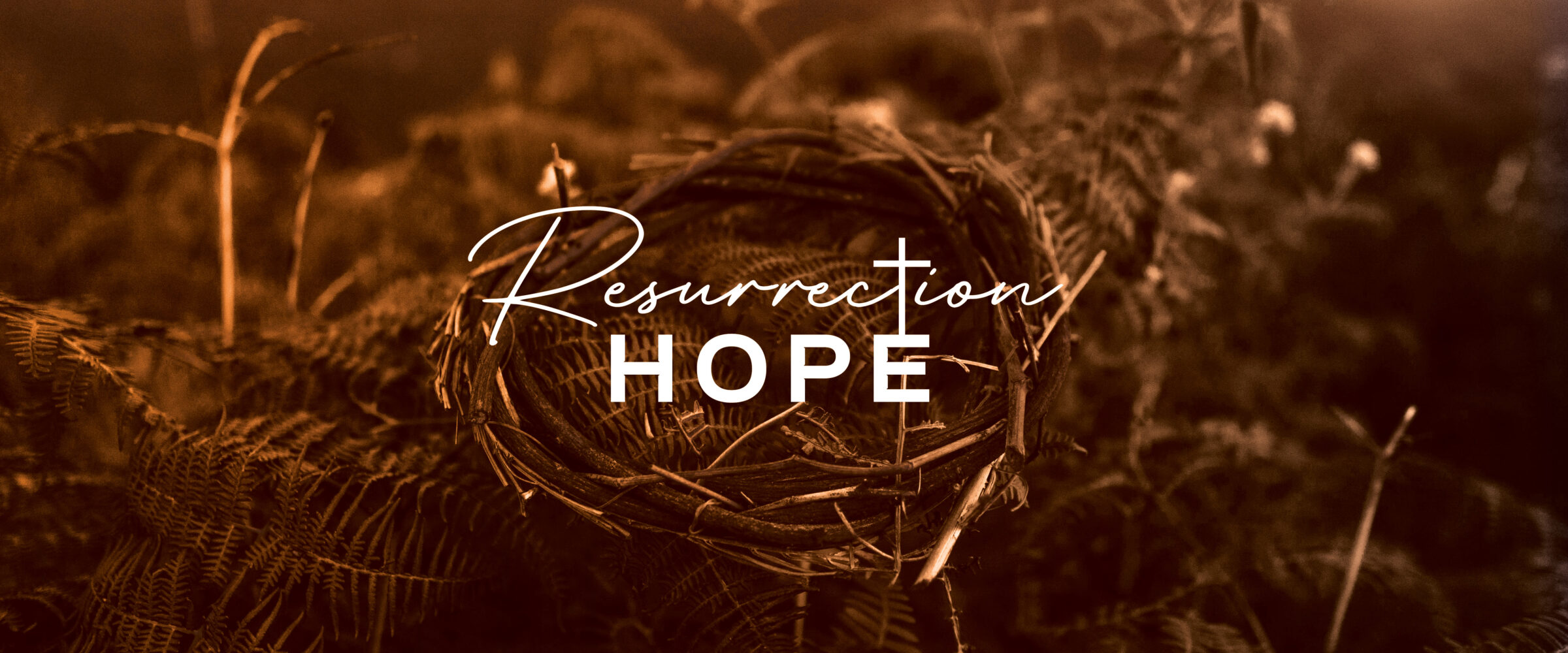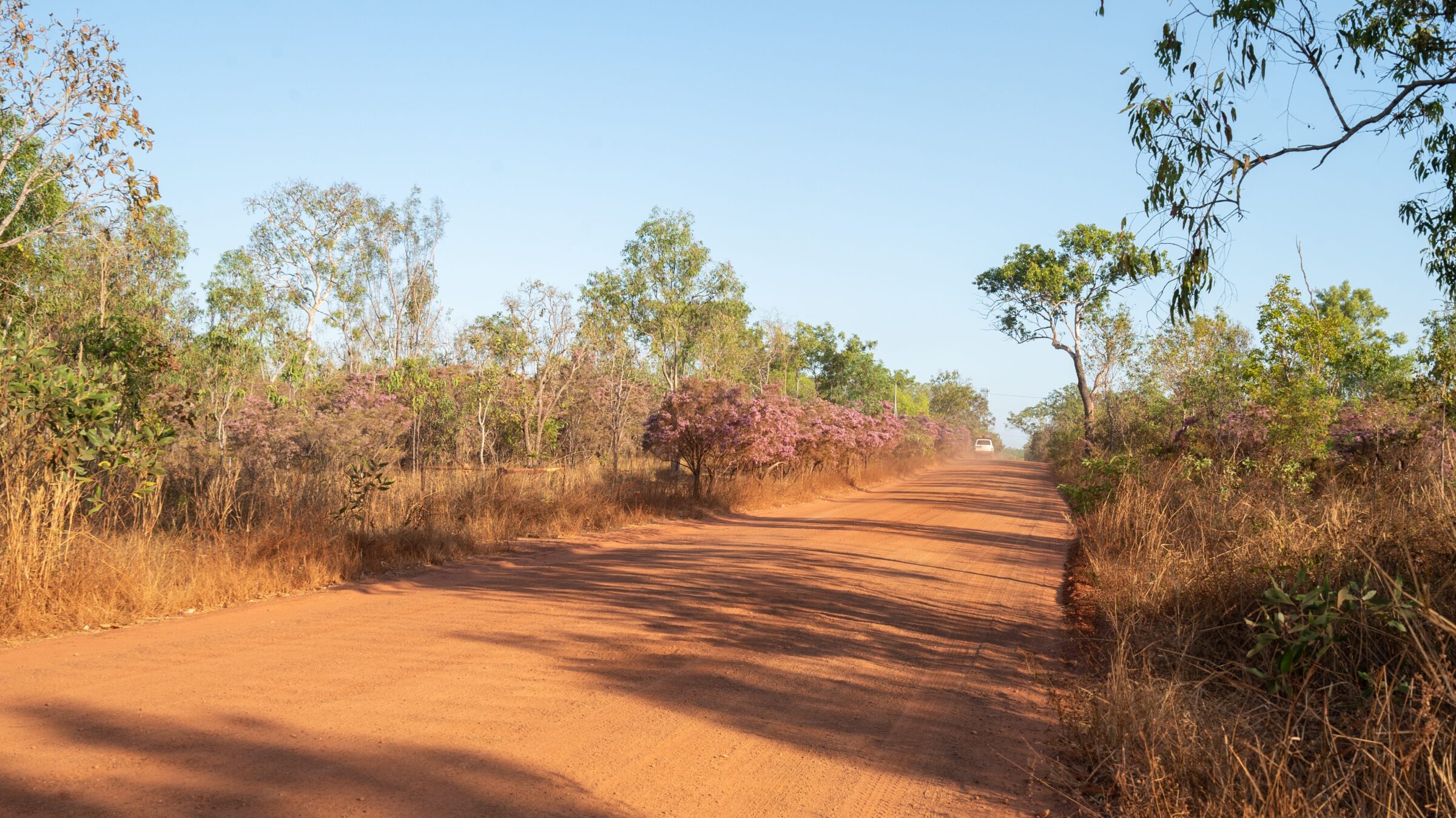A Festival of Certain Hope
CMS missionaries Jerome and Indra work with international students in a multicultural city in South East Asia. Jerome shares how Christian celebrations are unique among other festivities as reminders of hope.
We live in a unique country among people who come from multiple ethnicities and adhere to different religions. A wonderful aspect of this diversity is that there are numerous holidays to celebrate the various festivals of each culture.
The meaning behind the festivities
A few months ago, there was the celebration of the Mooncake Festival which is associated with the mid-autumn harvest. Ethnic Chinese people celebrate this festival by lighting lanterns at night and serving pastries containing fillings of sweet lotus seed paste with either red bean or egg yolk filling in the centre. The festival is associated with the dramatic story of a woman becoming a goddess and flying off to the moon. For many centuries, people have been worshipping the moon in hopes that the moon goddess would grant them their wishes.
Last month there was the celebration of Deepavali which also takes place during harvest time and is observed by many people with an Indian heritage. Houses are decorated with colourful lights, candles are lit, and gifts are given to family members, not unlike the way that Christmas is celebrated. Not surprisingly, Deepavali has its own wonderful stories which celebrate the triumph of light over darkness and good over evil as people hope that the same will be true in their own lives.
“While most cultures’ sacred narratives leave people to reach up in uncertain hope that they might reconnect with past events, the Christmas narrative provides a certain hope because it is God who has reached down to us.”
Where sacred and secular meet
It is fascinating how these and many other festivals that are celebrated by various ethnic groups have many similarities. The decorations and food used in each festival are unique and are highly symbolic of what is being celebrated. The sights, sounds and tastes deliver an experience that engages all the senses. And, more importantly, each festival connects a natural or historical event with a supernatural story. It is in these celebrations where the secular and the sacred meet.
While this may seem strange or artificial to cultures that exist in more westernised countries, like Australia, it is quite natural to the majority world where every natural object, event and place is often associated with a spiritual reality. For many in our country, separating the natural from the spiritual would be strange and artificial because it is the sacred story that imparts meaning to the natural event. So for those with this outlook, all of life is filled with meaning because of the connection that it has to the greater sacred narrative.
Where the natural and spiritual meet in Jesus
Although this way of associating the natural and spiritual may seem quite foreign to us, it is particularly at this time of the year when it should connect with us.
In one sense, the Christmas festival is a celebration of a time when the secular and sacred met. Rather than a human being becoming a god, it is God who came to us as a human being two thousand years ago. And like the sacred narratives of other cultures, this narrative brings meaning to a seemingly natural event–the birth of a baby boy–but it does not stop there.
While most cultures’ sacred narratives leave people to reach up in uncertain hope that they might reconnect with past events, the Christmas narrative provides a certain hope because it is God who has reached down to us. In coming down and entering our world, Jesus’ birth assures us that God has reached out to us and offers us his peace in the midst of the uncertainties of life. For the follower of Jesus, all of life now has a connection with a greater sacred narrative–God’s narrative.
PRAY
Pray for missionaries and local Christians around the world at Christmas. Ask God to bless their conversations and for his Spirit to work in the hearts of many.




















